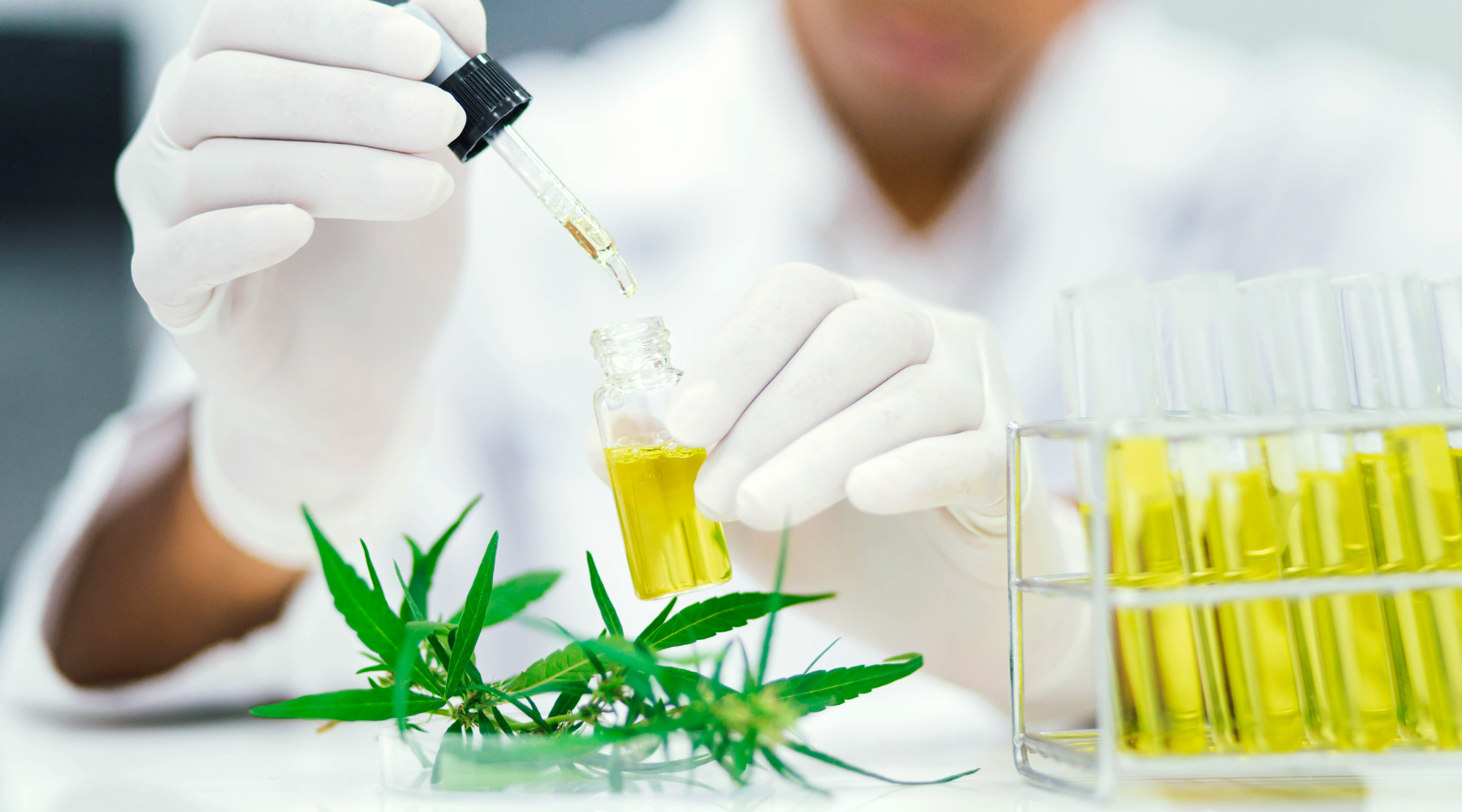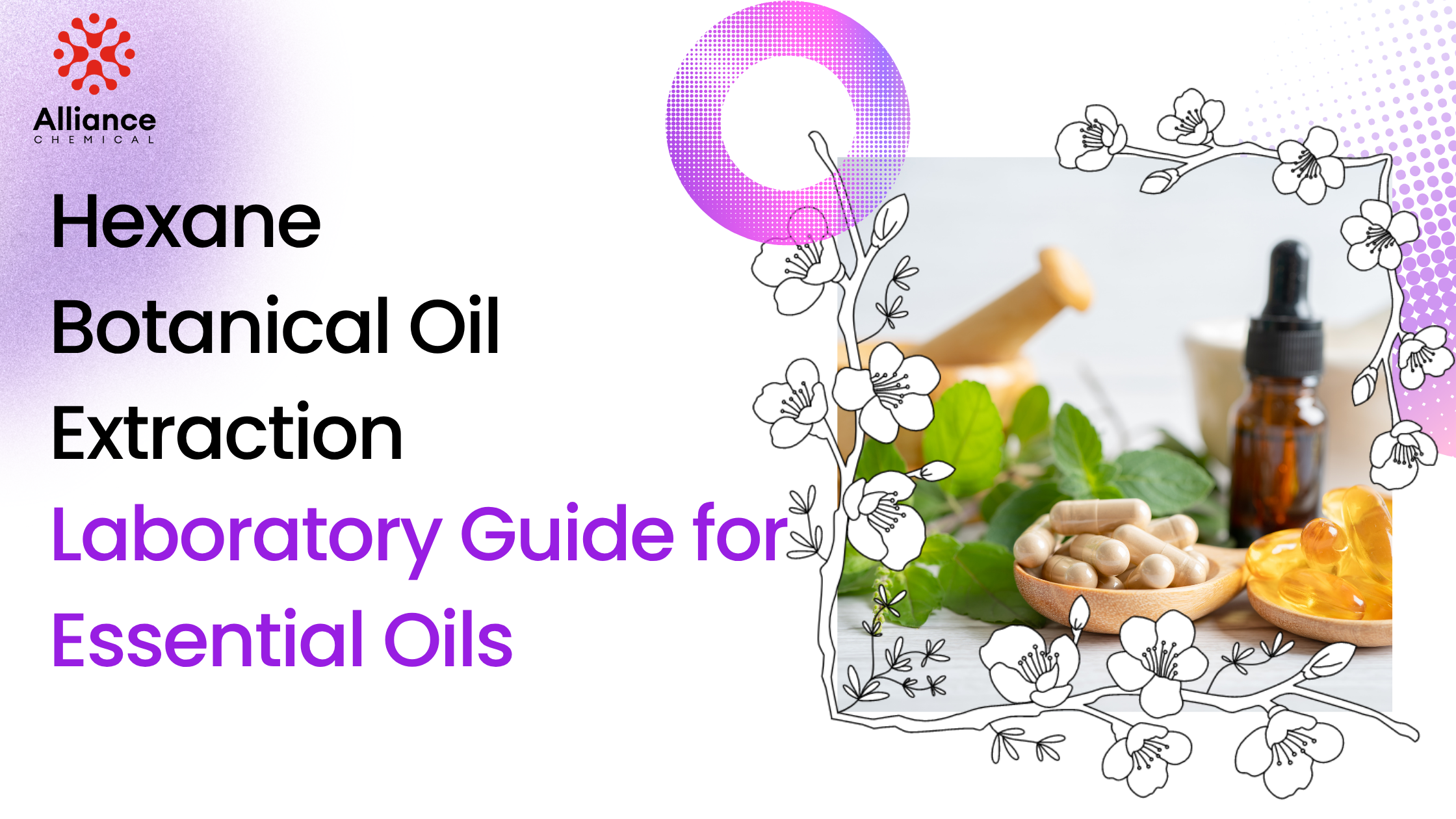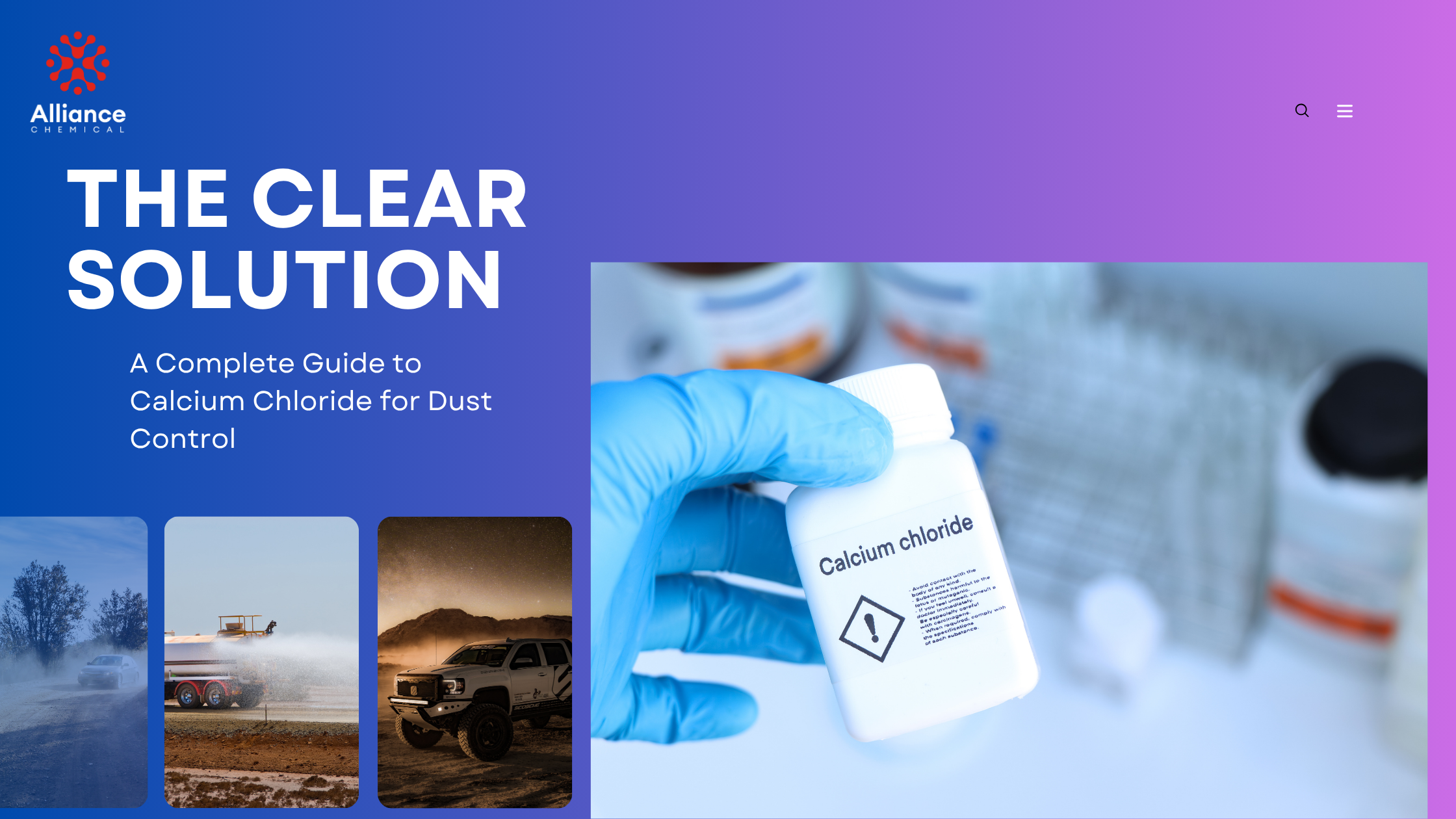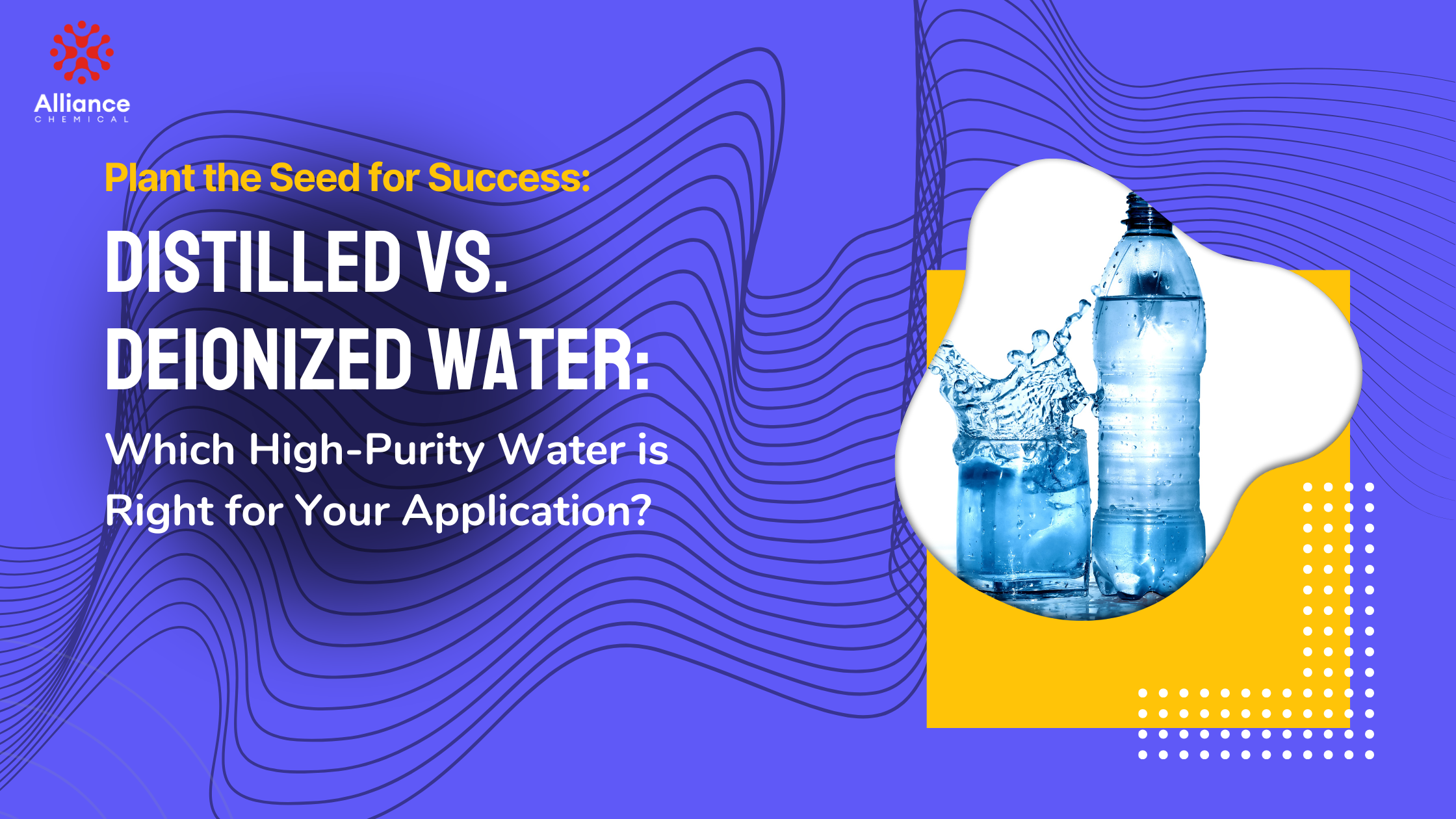
Green Chemistry: Eco-friendly Alternatives for Common Industrial Solvents and Cleaners
Summary
A Professional's Guide to Eco-Friendly Industrial Solvents & Cleaners
The modern industrial landscape is undergoing a profound transformation, driven by the principles of Green Chemistry. This paradigm shift moves beyond mere compliance, focusing on the intelligent design of chemical products and processes that reduce or eliminate the use and generation of hazardous substances. This definitive guide explores the powerful, effective, and sustainable alternatives to traditional industrial solvents and cleaners, providing the expert knowledge needed to enhance safety, meet regulatory demands, and build a more sustainable operation.
The Foundation: Understanding the 12 Principles of Green Chemistry
Coined by Paul Anastas and John Warner, the 12 Principles of Green Chemistry provide a framework for creating safer, more efficient, and more sustainable chemical processes. The shift to greener solvents and cleaners is directly guided by these principles, particularly:
- Principle #3: Less Hazardous Chemical Syntheses: Designing processes that use and generate substances with little or no toxicity.
- Principle #5: Safer Solvents and Auxiliaries: Minimizing or eliminating the use of auxiliary substances like solvents, or replacing them with safer alternatives.
- Principle #7: Use of Renewable Feedstocks: Sourcing raw materials from renewable, bio-based sources rather than depleting petrochemicals.
- Principle #10: Design for Degradation: Designing chemical products that break down into innocuous substances after their use and do not persist in the environment.
By choosing solvents that align with these principles, industries can significantly reduce their environmental footprint and improve workplace safety.
High-Performance, Eco-Friendly Solvents: Replacing Hazardous Chemicals
For decades, industries relied on highly effective but hazardous solvents like Toluene, Xylene, and MEK. Today, a new generation of powerful, safer alternatives can often meet or exceed the performance of these legacy chemicals.
1. d-Limonene: The Bio-Based Degreasing Powerhouse
Derived from the peels of citrus fruits, d-Limonene is a highly effective, biodegradable solvent. It is a terpene, a naturally occurring organic compound, and an exceptional degreaser with a Kauri-butanol (KB) value comparable to many chlorinated solvents.
- Replaces: Trichloroethylene (TCE), Toluene, Xylene, Mineral Spirits.
- Primary Use: Heavy-duty degreasing of machine parts, adhesive and tar removal, and as a potent active ingredient in industrial cleaning formulations.
- Advantages: Bio-based (renewable feedstock), readily biodegradable, pleasant scent, excellent solvency for oils and greases.
2. Acetone: The Fast-Evaporating, Low-Toxicity Workhorse
While flammable, Acetone is favored for its low toxicity and its exemption from many VOC (Volatile Organic Compound) regulations. It is a powerful solvent for resins and plastics, and it evaporates extremely quickly, leaving no residue.
- Replaces: Methyl Ethyl Ketone (MEK), Toluene.
- Primary Use: Fiberglass and resin cleanup, surface preparation for coatings, cleaning and stripping of certain paints and adhesives.
- Advantages: Low toxicity, VOC-exempt in the US, very fast evaporation, powerful solvency for polymers.
3. Isopropyl Alcohol (IPA): The Versatile Precision Cleaner
Isopropyl Alcohol is a readily biodegradable solvent that is an excellent "middle-ground" choice. It's an effective cleaner and degreaser that is safe on most plastics and surfaces, unlike more aggressive solvents.
- Replaces: Chlorinated solvents, Freon (historically).
- Primary Use: Precision cleaning of electronics, medical devices, and sensitive equipment. General-purpose surface cleaning and disinfection (at 70%).
- Advantages: Readily biodegradable, leaves no residue, relatively low toxicity, safe on a wide range of materials.
Buyer's Guide: Selecting the Right Green Alternative
Choosing the best eco-friendly option requires balancing solvency power, evaporation rate, safety, and cost.
| Solvent | Solvency Power | Evaporation Rate | Primary Advantage | Best For... |
|---|---|---|---|---|
| d-Limonene | High | Slow | Bio-based & Biodegradable | Soak tank degreasing, adhesive removal where long contact time is beneficial. |
| Acetone | Very High | Very Fast | Low Toxicity & VOC Exempt | Final wipe-down, resin/plastic cleanup, rapid surface prep. |
| Isopropyl Alcohol (IPA) | Moderate | Fast | Versatility & Material Safety | Precision cleaning of electronics and sensitive surfaces. |
| Ethyl Acetate | High | Fast | Pleasant Odor & Effective | Coatings, printing inks, and as a less harsh alternative to MEK. |
Powerful, Natural Cleaners: Replacing Harsh Chemicals
High-Strength Vinegar (Acetic Acid)
Industrial-strength vinegar, from 10% to 50% concentration, is a powerful, biodegradable cleaner and descaler. It is highly effective at removing mineral deposits (lime, calcium) from industrial equipment, cleaning concrete, and acting as an organic herbicide, replacing harsher mineral acids and synthetic herbicides.
Citric Acid: The Natural Descaler and Chelator
Derived from citrus fruits, Citric Acid is an excellent, readily biodegradable cleaner. It is a powerful chelating agent, meaning it binds to and removes metal ions, making it exceptional for removing hard water stains, rust, and scale from stainless steel and other surfaces. It is a safe and effective replacement for phosphoric acid in many cleaning applications.
Safety First: "Green" Does Not Mean "Harmless"
It is a critical misconception that eco-friendly or bio-based chemicals are completely safe to handle without precautions. All industrial chemicals require respect and proper handling.
- Flammability: Many green solvents, including d-Limonene, Acetone, and IPA, are flammable. Always handle them away from sources of ignition.
- Personal Protective Equipment (PPE): Always consult the Safety Data Sheet (SDS) for the specific product. Gloves and safety glasses are a minimum requirement to prevent skin and eye irritation.
- Ventilation: Work in a well-ventilated area to avoid inhaling high concentrations of vapors.
- Concentration Matters: High-strength natural cleaners like 50% vinegar are corrosive and require the same level of care as other strong acids.









